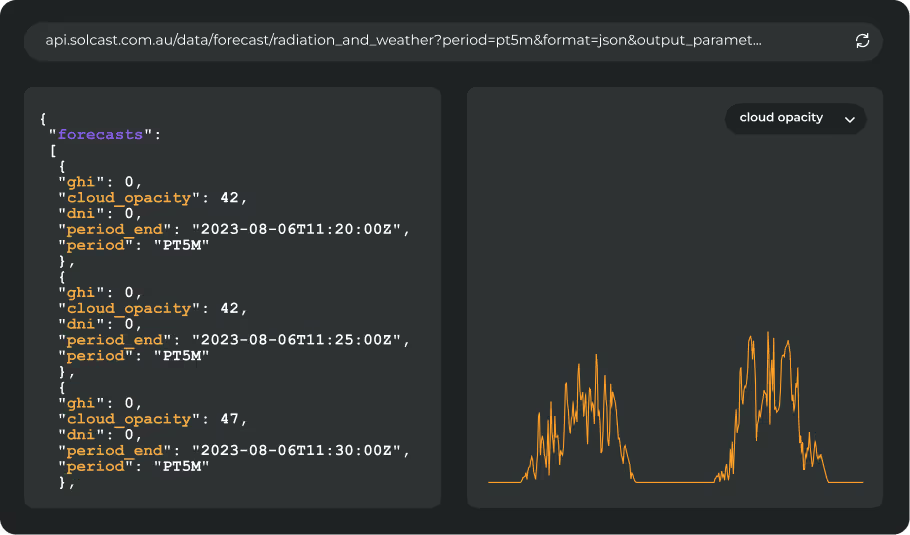Fire season for North America started early this year after record high temperatures dominated the Pacific North West in early May. Temperatures were recorded as high as 31°C at 60° latitudes, close to 35°C in British Columbia and over 32°C in Alberta.
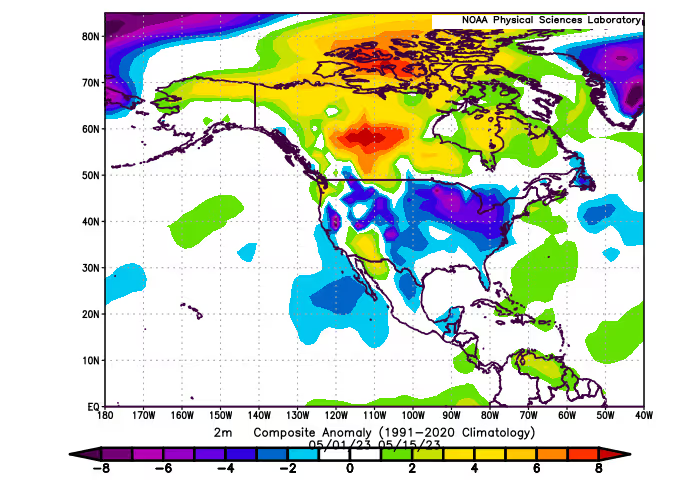
The province of Alberta saw close to 100 wildfires raging from the beginning of the month with serious consequences and evacuations for over 30,000 residents and several still burning out of control.

Smoke impacts irradiance
Smoke produced by the fires has covered most of western Canada and is being pushed east by the prevailing winds. Aerosols present in smoke can be of concern for health and visibility for residents in the region but also affect solar generation: thick clouds of aerosols from burning biomass are spreading all the way to US's Midwest states, and are clearly visible in ECMWF's CAMS data. Solar asset operators throughout the impacted regions can expect reduced efficiency from both the irradiance impacts and increased panel soiling.

Irradiance and cloud combine to limit irradiance
Solcast ingests aerosols data for its radiation modelling and the effect on solar generation from the fire's smoke is clearly visible in data accessed via the Solcast API Toolkit. The below comparison shows the irradiance impact in Alberta, differentiating aerosol losses and cloud losses. This comparison uses the average clearsky May 2022 data as a non-aerosol impacted baseline, and aerosol impacted clearsky data from May 2023, plus Solcast actuals for May 22 and May 23, 2023. Despite dissipating aerosols on the 23rd, peak irradiance was suppressed on both days by cloud and smoke.
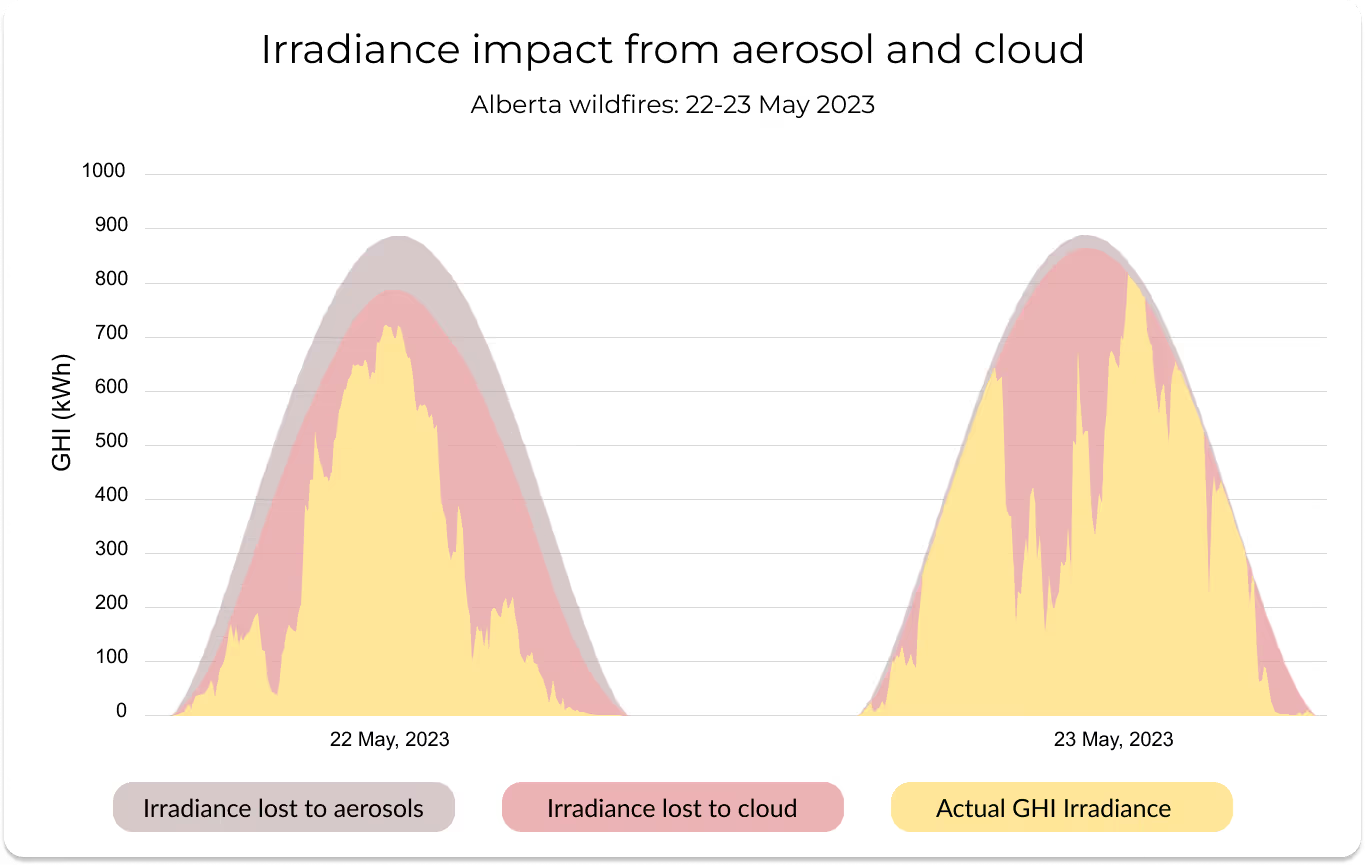








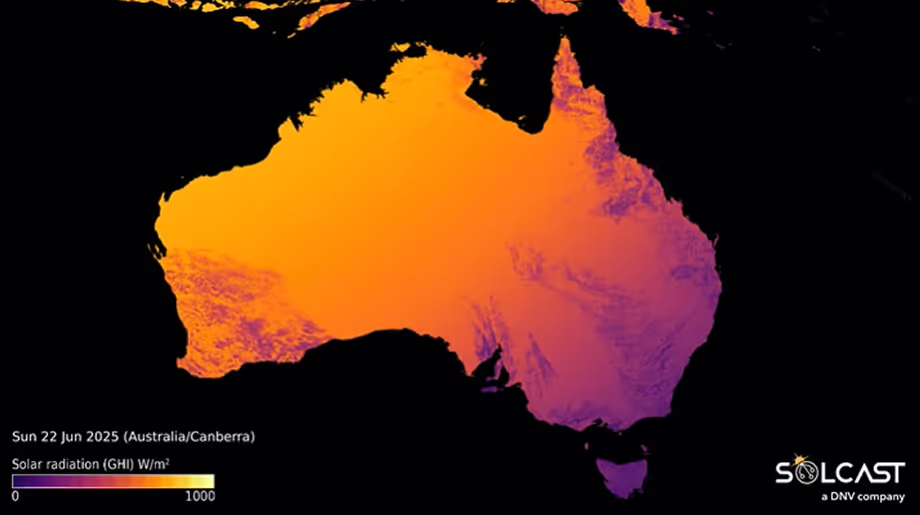
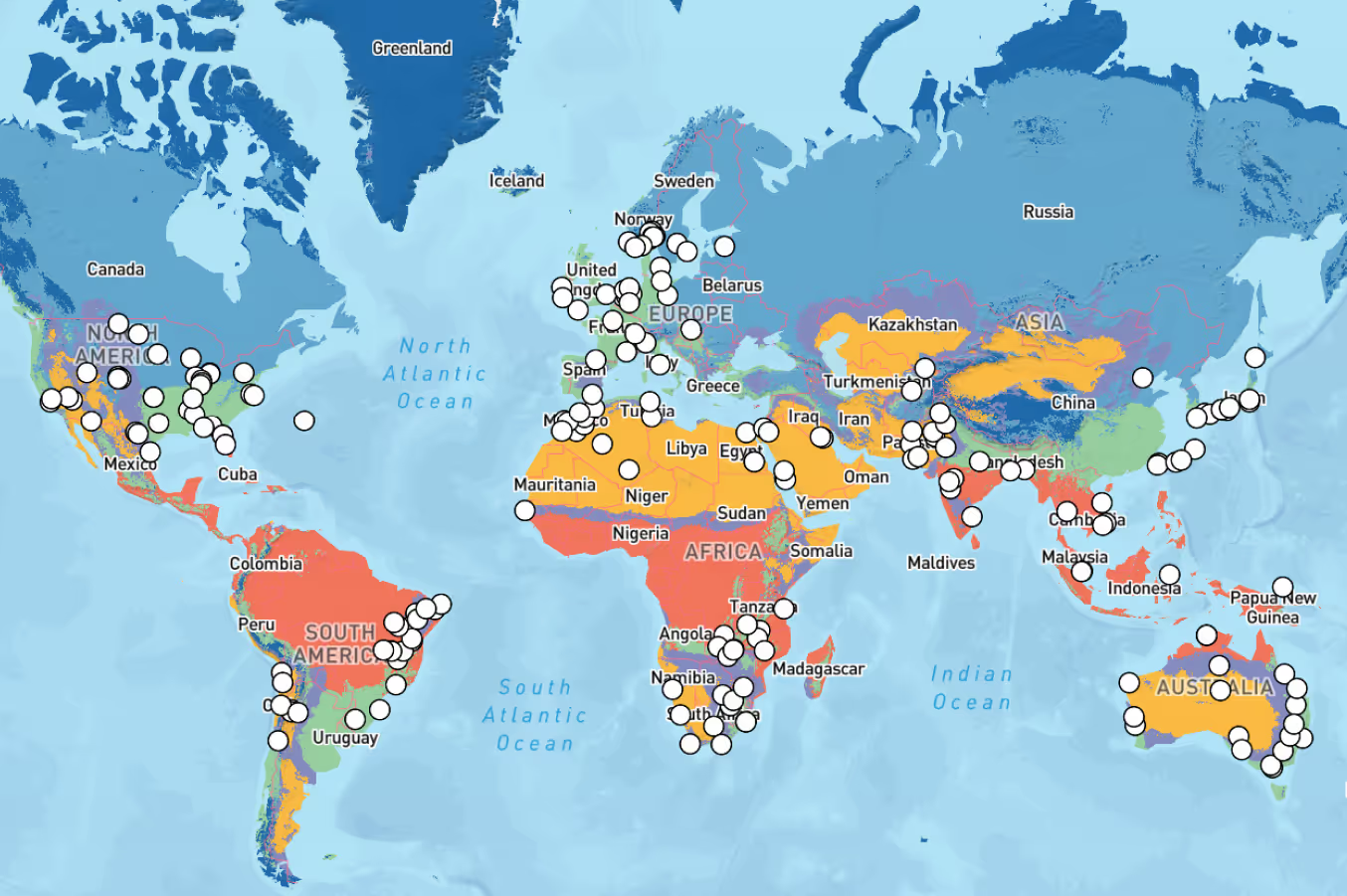
.avif)
